With approximately 15–20% of the UK population identifying as neurodivergent, encompassing conditions such as autism, ADHD, dyslexia, dyspraxia, and Tourette’s syndrome, it’s imperative for modern office designs to accommodate diverse cognitive needs .
Understanding Neurodiversity in the Workplace
Neurodiversity refers to the natural variations in human brain function, affecting how individuals perceive and interact with the world. Recognizing and supporting these differences can lead to enhanced creativity, problem-solving, and innovation within teams .
Engaging with Organizations to Address Neurodivergent Needs
Effective design begins with collaboration. Engaging with companies to understand their current and prospective employees’ needs is crucial. This involves:
- Stakeholder Interviews: Conversations with HR, management, and neurodivergent staff to gather insights.
- Surveys and Assessments: Anonymous tools to identify sensory sensitivities and workspace preferences.
- Future-Proofing: Considering potential hires and ensuring the space remains adaptable to diverse needs.
Design Strategies for Neuroinclusive Offices
- Sensory-Friendly Environments:
- Lighting: Utilize adjustable, natural lighting to reduce glare and overstimulation.
- Acoustics: Incorporate sound-absorbing materials and quiet zones to minimize noise distractions.
- Flexible Workspaces:
- Design areas that cater to both collaborative and individual work, allowing employees to choose environments that suit their tasks.
- Clear Wayfinding and Organization:
- Implement intuitive layouts with clear signage to assist navigation and reduce anxiety .
- Material and Color Choices:
- Opt for muted colors and natural materials to create a calming atmosphere, avoiding overly bright or complex patterns.
- Technology Integration:
- Provide assistive technologies, such as speech-to-text software, to support various communication needs.
The Business Case for Neuroinclusive Design
Adopting neuroinclusive practices not only fosters a supportive environment but also offers tangible benefits:
- Enhanced Productivity: Diverse teams bring varied perspectives, leading to innovative solutions.
- Talent Attraction and Retention: Inclusive spaces appeal to a broader talent pool and can reduce turnover rates .
- Positive Brand Image: Demonstrating commitment to inclusivity can enhance an organization’s reputation.
Conclusion
Designing with neurodiversity in mind is not just a moral imperative but a strategic advantage. By creating environments that respect and support cognitive differences, organizations can unlock the full potential of their workforce.
For further insights and guidance on implementing neuro-inclusive designs in your workspace, feel free to reach out to our team of experts.


